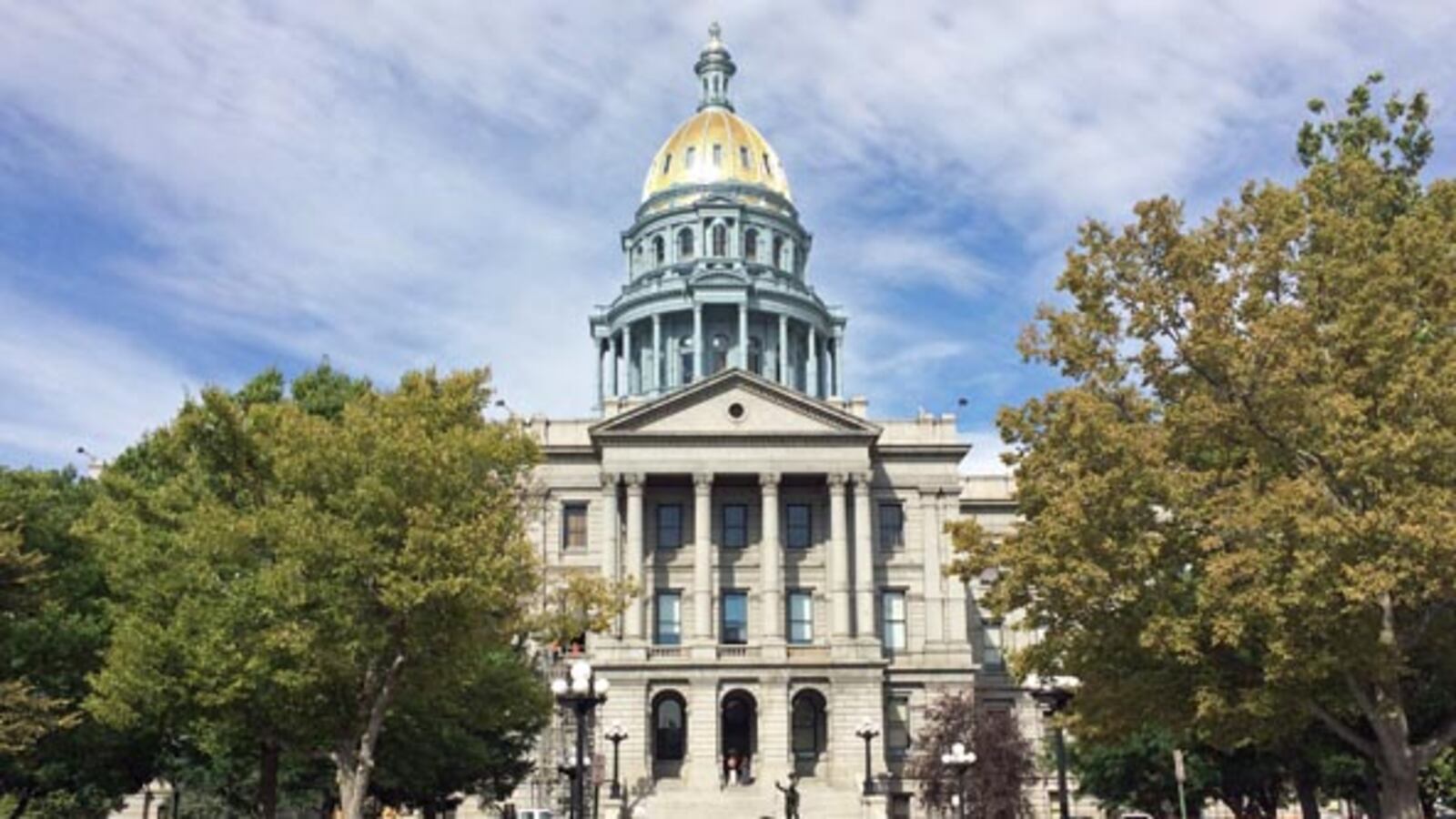New state revenue forecasts point to tightening of the state budget that kicks in on July 1, making it less likely the state’s school districts will see hoped-for additional funding of up to $70 million in the 2015-16 school year.
Quarterly revenue projections issued Friday by both legislative and executive branch economists indicate that some trims may be needed in the 2015-16 budget approved by the legislature last spring. The forecasts were presented to the legislative Joint Budget Committee.
Economists from Legislative Council, the General Assembly’s research arm, estimate the state will be $180.7 million short of the amount needed to pay for the 2015-16 budget and maintain the required reserve. The executive branch’s Office of State Planning and Budget puts the possible shortfall at $69 million. (The general fund portion of next year’s budget is $11 billion; the reserve totals $649 million.)
State experts say there’s no need to panic.
“We have time and resources to manage what will be very small shortfalls,” said Henry Sobanet, OSPB director. “I think we’ll end up with a balanced budget in 2015-16.”
But the tighter budget picture seems to make it less likely that a “promise” made in this year’s school finance law can be fulfilled by the 2016 legislature.
The finance law, Senate Bill 15-267, contains the stated intention in its “legislative declaration,” or introduction, that the 2016 legislature will retroactively increase funding if local district revenues rise more than has been projected. (K-12 funding is the combination of local and state revenues used meet the total annual amount of school funding. Updated local revenue figures are issued every December. Typically, when local revenues rise the state contribution is reduced in the middle of the school year.)
Some projections have estimated local revenues will be $70 million higher in 2015-16 than forecast last spring. The language in SB 15-267 is a promise – not necessarily ironclad – that the 2016 legislature won’t reduce the state share if the $70 million (or some amount) comes in. That would give districts a net increase.
Sobanet agrees that current forecasts of local taxes probably are low, but he was cautious about the likelihood of schools getting more money. “If I were planning at the local level I would not expect a materially different amount of money than we have now. … I would not expect meaningful increases in budgets.”
Rep. Millie Hamner said, “Was it good news today? No.” She continued, “I’m worried [but] I don’t want to be too nervous. … I also don’t want to send false hopes, false expectations” about additional school funding.
Hamner is vice chair of the JBC and will head the panel during the 2016 session. She was a primary author of SB 15-267.
The finance law increases overall K-12 funding by $306 million to about $6.23 billion next school year. Most of that is driven by constitutionally required hikes to cover enrollment growth and inflation. Average per-pupil funding will rise to $7,295 from 2014-15’s $7,026.
The only significant discretionary increases in the bill include $25 million that will be applied to the state’s funding shortfall, the so-called negative factor, which currently totals about $855 million. There’s another $5 million earmarked for at-risk students.
The two forecasts were generally optimistic about the Colorado economy and state revenues.
“Growth is going to be more moderate than it has been in the past, but we are still going to see growth,” said chief legislative economist Natalie Mullis.
“All things being equal, Colorado continues to outperform the country,” Sobanet said.
But a healthy economy and rising revenues don’t necessarily give lawmakers more to spend as they wish. Constitutional spending limits, refunds required by Taxpayer’s Bill of Rights and previously earmarked spending on certain programs limits the legislature’s flexibility to increase spending on things like education.
“When you increase general fund revenue that doesn’t mean you get more money to spend,” Mullis reminded JBC members. (The general fund is the state’s main spending account and is supported by income and sales tax revenues.)
The state has a couple of options if revenues aren’t sufficient to support currently planned 2015-16 spending and the required reserve.
If there’s a large enough gap between a budget and revenue forecasts, state law requires the governor to reduce spending. Sobanet said that trigger hasn’t been reached and that “It’s simply too early” to know if such action will be necessary.
Second, the 2016 legislature can make mid-year adjustments to balance the 2015-16 budget if necessary.
Friday’s forecasts are by no means the last word on budget issues. New projections will be issued at the end of September and December, giving state officials and legislators updated revenue information that could affect both adjustments to the 2015-16 budget and crafting of the 2016-17 state spending plan.


